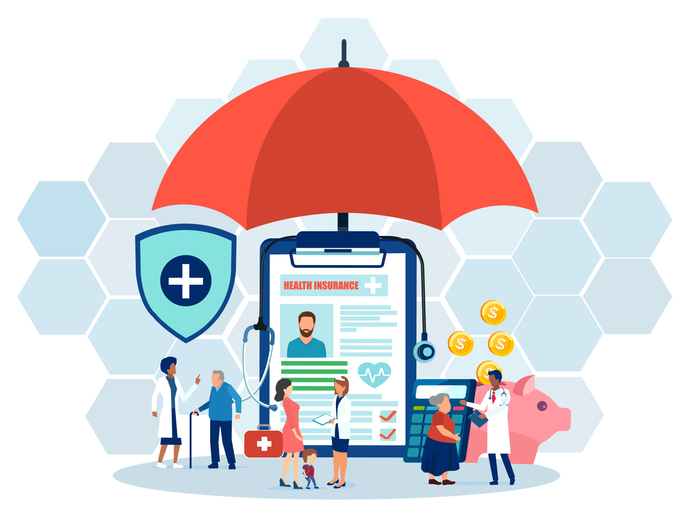The two-day Health IT Summit in San Francisco yielded a great deal of interesting talks about the most intriguing challenges and opportunities confronting hospitals and providers, ranging from the incorporation of big data into EHRs, using technologies to improve outcomes and reimbursement rates.
There was broad consensus that the industry has a long way’s to go before the potential of big data can be realized, given that healthcare is largely behind other industries in terms of technology.
“One of the challenges in healthcare, it’s only now that some of us are starting to get the data,” said Dr.David Kaelber, CMIO of MetroHealth System, a safety-net hospital in Cleveland. “I don’t think we have the right people and processes to do the analytics to scale. Other industries have a culture of change. We don’t have that in healthcare.
“Analytics don’t help patients at all,” he added. “It’s what you do with analytics.”
Molly Coye, chief innovation officer of UCLA Health, similarly wondered if healthcare was moving quickly enough to keep pace with the explosion of digital health startups and retail health.
“Are we in healthcare being radical enough?” she asked. “Because if we’re not, we’ll be the taxi cab industry of the future.”
She was referencing Uber, which along with other ride-sharing companies turned taxis on their heads by providing, in a lot of cases, far better consumer experiences.

A Deep-dive Into Specialty Pharma
A specialty drug is a class of prescription medications used to treat complex, chronic or rare medical conditions. Although this classification was originally intended to define the treatment of rare, also termed “orphan” diseases, affecting fewer than 200,000 people in the US, more recently, specialty drugs have emerged as the cornerstone of treatment for chronic and complex diseases such as cancer, autoimmune conditions, diabetes, hepatitis C, and HIV/AIDS.
“Uber did not set out to disrupt a problem of the producers of transportation,” she said. “The started with what the desires and needs were of the consumer.
“Are we moving fast enough to determine and adopt new models?” she added.
The short answers is no, but the industry is taking it seriously and beginning to realize it has to act fast going forward.
“It’s a laundry list of things that haven’t changed,” she said. “Without being hyperbolic, this is the theme.”
Dr. Kaelber, of MetroHealth, went as far to say that the healthcare system as a whole won’t fully grasp the potential of data analytics until the year 2040.
Dr. Jonathan Palma, M.D., medical director of IS analytics at Stanford Children’s Health, noted some of the cultural challenges as well.
“From where I sit in information services analytics, I see it as both an opportunity and a challenge,” he said. “In terms of changing the culture around the use of data, that’s one of our responsibilities in informatics. I’d say we have a few pockets of reporting and analytics so far across Stanford Children’s Health. And one opportunity is to help facilitate a data-driven culture.”
Here’s some additional highlights, by way of Twitter:
At a panel where a CMIO said that the culture of healthcare analytics won’t be here until really 2040. How can we accelerate that? #iHT2
— Garett Ng (@garettng) March 3, 2015
Who is the biggest user of #electronichealthrecords? The patients! How do we bring them value? #IHT2 #healthgis http://t.co/wqgfMBvJ6K
— Este Geraghty (@EsteGeraghty) March 3, 2015
Biggest question of the conference-how to devalue stored medical records so hackers don’t want it? #iHT2 #healthIT #iHT2summitSF
— Kenny & Company (@KennyCompanyLLC) March 3, 2015
Infographic: Enterprise #PopulationHealth – Integrating The Healthcare Community http://t.co/XCwimjxvt0 #iHT2 pic.twitter.com/KkU7pslKOi
— Caradigm (@Caradigm) March 3, 2015
7000 healthcare startups in the SFO area. Backed by 21000 investors.#iHT2 @H4Omaha
— David Petersen (@DIPetersen) March 3, 2015
Partnerships with virtual clinics necessary as a referral source. Rethink cradle to grave model. Morsels for thought. #iHT2
— Nancy Cheung (@NancyCheungJHU) March 3, 2015
#Interoperability is like a unicorn- everyone knows what it is and no one has actually seen it! #iHT2 @iHT2 #healthIT #HIT @CMIO_Landa
— Kenny & Company (@KennyCompanyLLC) March 4, 2015
What’s the 1st step to effective use of analytics? Identifying a meaningful problem to solve says Kirk Larson @ #iHT2 pic.twitter.com/7qRE4dwigD
— NetApp (@NetApp) March 5, 2015














